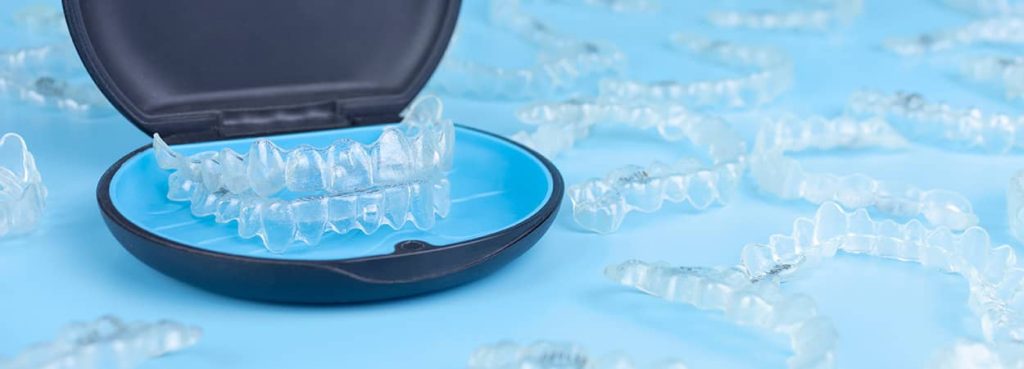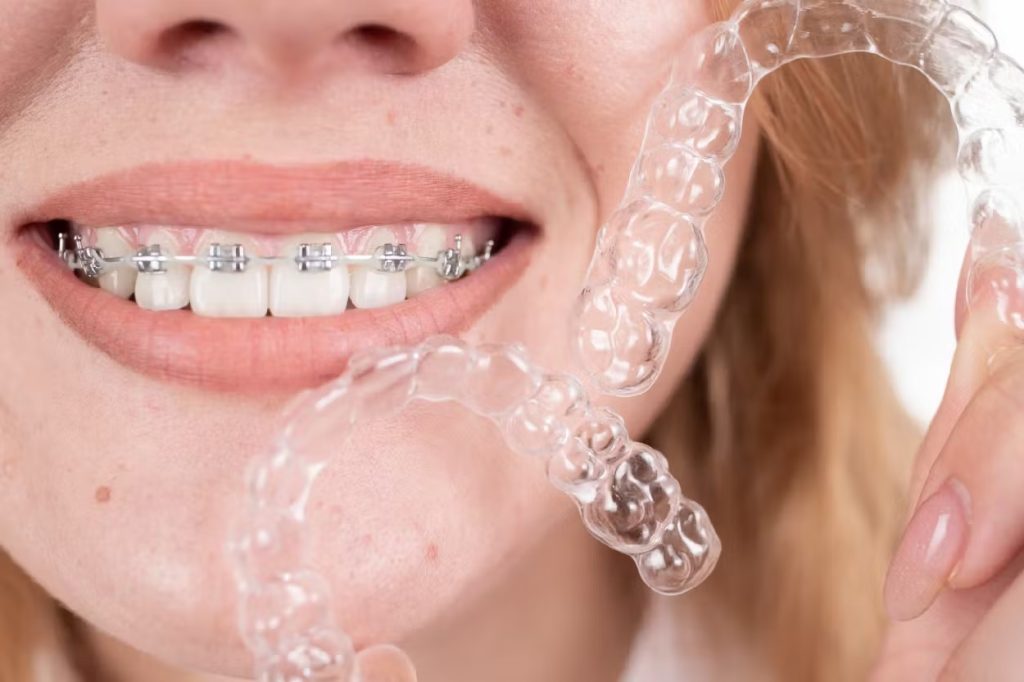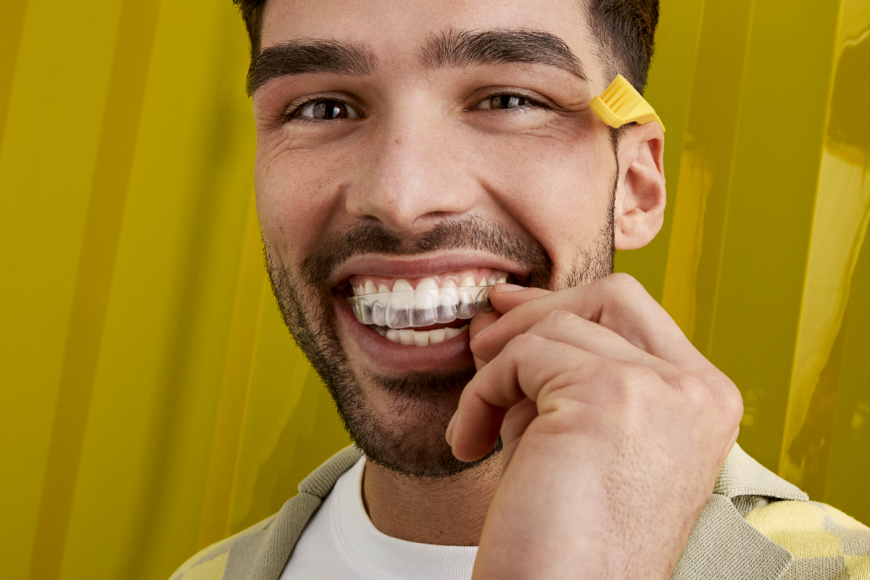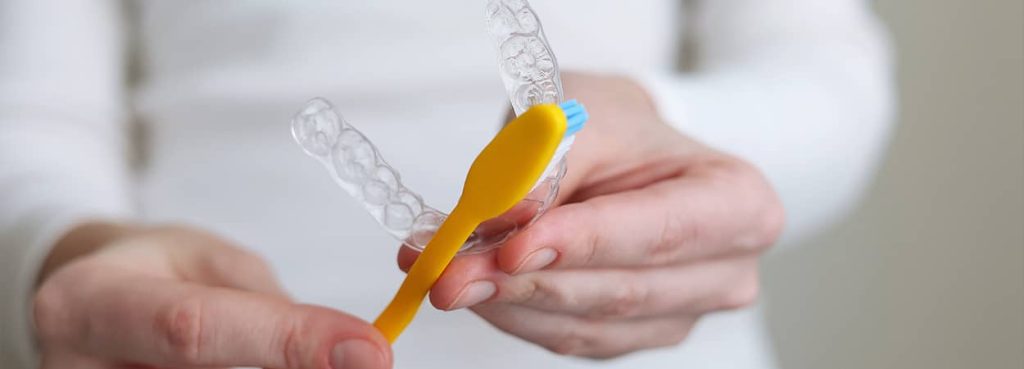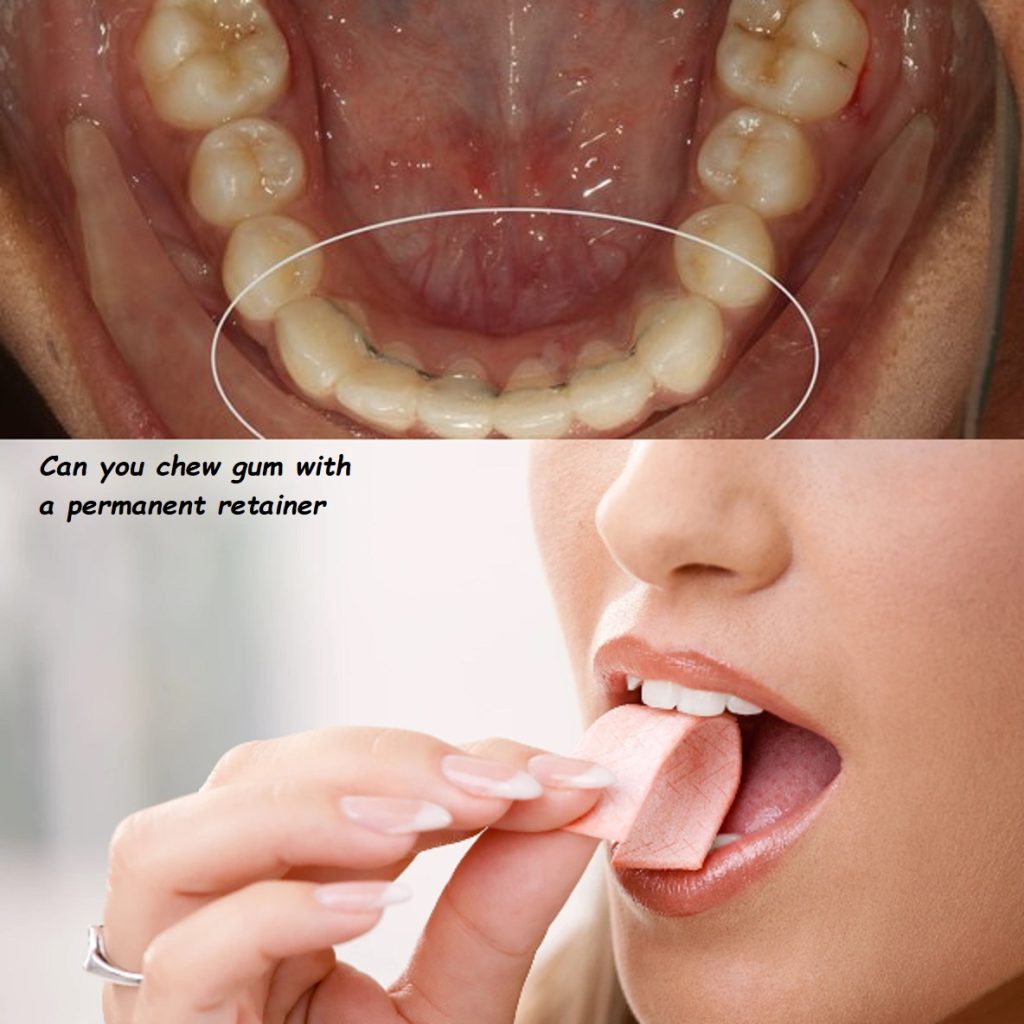Invisalign gums receding

Invisalign and Gum Recession: Understanding the Connection and How to Protect Your Smile
If you’ve ever considered straightening your teeth, chances are you’ve heard of Invisalign. These clear aligners have become incredibly popular for their ability to discreetly correct misaligned teeth without the hassle of traditional metal braces. However, if you’re concerned about your gum health, you might wonder if Invisalign could contribute to gum recession. After all, your gums are just as crucial to your oral health as your teeth. In this comprehensive guide, we’ll dive deep into the relationship between Invisalign and gum recession, helping you understand the potential risks and how to protect your gums while achieving that perfect smile.
What Is Gum Recession?
Before we explore the connection between Invisalign and gum recession, it’s important to understand what gum recession actually is. Gum recession occurs when the gum tissue surrounding your teeth pulls back or wears away, exposing more of the tooth or its root. This condition can lead to increased sensitivity, higher risk of decay, and an uneven gum line, which can affect both your oral health and your smile’s appearance.
Common Causes of Gum Recession
Several factors can contribute to gum recession, including:
- Aggressive Brushing: Using a toothbrush with hard bristles or brushing your teeth too vigorously can wear down gum tissue.
- Poor Oral Hygiene: Inadequate brushing and flossing can lead to plaque buildup, which can cause gums to recede.
- Periodontal Disease: This infection of the gums can destroy the tissue and bone that support your teeth, leading to gum recession.
- Genetics: Some people are more susceptible to gum recession due to their genetic makeup.
- Tobacco Use: Smoking or chewing tobacco can increase the risk of gum disease and recession.
- Teeth Grinding: Grinding or clenching your teeth can put excess pressure on your gums, causing them to recede.
How Invisalign Works
Invisalign is a popular orthodontic treatment that uses a series of clear, removable aligners to gradually move your teeth into the desired position. Each set of aligners is custom-made for your teeth, and you typically wear them for 20 to 22 hours a day, changing to a new set every one to two weeks.
Benefits of Invisalign
- Aesthetic Appeal: Invisalign aligners are nearly invisible, making them a popular choice for adults and teens who want to straighten their teeth discreetly.
- Comfort: The aligners are made from smooth plastic, which is generally more comfortable than metal braces.
- Removability: Since you can remove the aligners, it’s easier to maintain oral hygiene and enjoy your favorite foods without restrictions.
- Predictable Results: Invisalign uses advanced technology to predict and track the movement of your teeth, leading to more precise results.
Given these benefits, it’s no wonder that Invisalign has become a go-to option for people seeking orthodontic treatment. However, it’s essential to consider how wearing aligners might affect your gums, especially if you’re concerned about gum recession.
Can Invisalign Cause Gum Recession?
One of the most common questions asked by those considering Invisalign is whether it can cause or worsen gum recession. The good news is that Invisalign is generally safe for your gums, and in many cases, it can actually improve gum health by aligning teeth properly. However, there are some factors to be aware of that could potentially contribute to gum recession while using Invisalign.
Factors That Might Contribute to Gum Recession with Invisalign
1. Improper Fit of Aligners
If your Invisalign aligners don’t fit properly, they can put undue pressure on your gums, potentially leading to irritation or recession. It’s crucial to ensure that your aligners are well-fitted to avoid any unnecessary pressure on your gum tissue.
2. Poor Oral Hygiene
Because Invisalign aligners are worn for most of the day, it’s important to maintain excellent oral hygiene. If you don’t brush and floss properly, plaque and bacteria can build up around the gums, leading to inflammation, gum disease, and eventually gum recession. Keeping your teeth and gums clean is vital to preventing these issues.
3. Existing Gum Disease
If you already have gum disease, wearing Invisalign aligners could potentially exacerbate the condition if not carefully monitored. Aligners can trap bacteria against your teeth and gums, worsening the disease and contributing to further gum recession.
4. Teeth Grinding
Some people may develop a habit of grinding their teeth while wearing aligners, especially at night. Teeth grinding can put extra pressure on your gums, leading to recession over time. It’s important to address this habit with your dentist if you notice any symptoms of grinding.
5. Inconsistent Wear of Aligners
Invisalign aligners are designed to be worn consistently. If you frequently remove them or don’t follow your orthodontist’s instructions, your teeth may not move as planned, and this inconsistency can cause unnecessary strain on your gums.
Positive Effects of Invisalign on Gum Health
On the flip side, Invisalign can also have positive effects on your gum health. When teeth are misaligned, it can be difficult to clean between them properly, leading to plaque buildup and gum problems. By straightening your teeth, Invisalign can help make it easier to maintain oral hygiene, reducing the risk of gum disease and potentially improving gum health.
How to Protect Your Gums While Using Invisalign
To ensure that your gums stay healthy while using Invisalign, there are several steps you can take. These measures will help prevent gum recession and ensure that you achieve the best possible results from your treatment.
1. Maintain Excellent Oral Hygiene
One of the most important things you can do to protect your gums is to maintain excellent oral hygiene. Brush your teeth at least twice a day, and don’t forget to floss daily. Since Invisalign aligners are removable, you have no excuse for skipping flossing—make it a non-negotiable part of your routine.
Tips for Brushing and Flossing with Invisalign
- Use a Soft-Bristled Toothbrush: To avoid irritating your gums, use a soft-bristled toothbrush, and brush gently in circular motions.
- Choose Fluoride Toothpaste: Fluoride helps strengthen tooth enamel and protect against decay, which can also benefit your gums.
- Rinse Your Aligners: Every time you take your aligners out, rinse them with lukewarm water to prevent bacteria from building up.
- Floss Carefully: Make sure to floss around the gum line to remove any plaque that could lead to gum disease.
2. Use a Mouthwash
Using an antimicrobial mouthwash can help reduce bacteria in your mouth and protect your gums from disease. Look for a mouthwash that is alcohol-free to avoid drying out your gums and causing irritation.
3. Wear Your Aligners as Directed
Following your orthodontist’s instructions for wearing your aligners is crucial for ensuring that your teeth move as planned and that your gums are not subjected to unnecessary pressure. Consistent wear is key to avoiding complications.
4. Visit Your Dentist Regularly
Regular dental checkups are essential, especially while undergoing orthodontic treatment. Your dentist can monitor the health of your gums, catch any signs of gum recession early, and recommend treatments or adjustments if necessary.
5. Address Teeth Grinding
If you suspect that you’re grinding your teeth while wearing Invisalign, talk to your dentist. They may recommend a nightguard or other solutions to protect your teeth and gums from the effects of grinding.
6. Avoid Smoking
Smoking is a significant risk factor for gum disease and gum recession. If you smoke, quitting can dramatically improve your gum health and reduce the risk of complications while using Invisalign.
7. Ensure Proper Fit of Aligners
Always make sure your aligners fit properly. If you experience discomfort or notice that your aligners are putting pressure on your gums, contact your orthodontist immediately. They may need to make adjustments to ensure a better fit.
What to Do If You Notice Gum Recession During Invisalign Treatment
If you notice signs of gum recession while undergoing Invisalign treatment—such as increased tooth sensitivity, exposed roots, or a receding gum line—it’s important to address the issue promptly. Here’s what you should do:
1. Contact Your Orthodontist
Your first step should be to contact your orthodontist and inform them of your concerns. They will likely ask you to come in for an evaluation to determine the cause of the recession and whether any adjustments to your treatment plan are necessary.
2. Consult a Periodontist
If your orthodontist suspects that the gum recession is related to periodontal disease, they may refer you to a periodontist. A periodontist specializes in the health of your gums and can provide treatments to manage or reverse gum recession.
3. Improve Your Oral Hygiene Routine
If your gum recession is linked to poor oral hygiene, take immediate steps to improve your brushing and flossing habits. Your orthodontist or dentist can provide guidance on the best techniques and tools to use.
4. Consider Gum Grafting Alternatives
In cases where gum recession is significant, you might need to explore gum grafting alternatives. Procedures such as the Pinhole Surgical Technique (PST), Platelet-Rich Fibrin (PRF), or laser gum therapy (LANAP) can help restore your gums without traditional surgery.
Final Thoughts on Invisalign and Gum Recession
Invisalign is a fantastic option for straightening your teeth, offering comfort, convenience, and a nearly invisible appearance. While concerns about gum recession are valid, the good news is that with proper care and attention, you can minimize the risk and protect your gum health throughout your treatment.
By maintaining excellent oral hygiene, following your orthodontist’s instructions, and being proactive about your gum health, you can enjoy the benefits of Invisalign without worrying about your gums. Remember, a beautiful smile isn’t just about straight teeth—it’s also about healthy gums. So, take the necessary steps to keep your gums in top shape while working toward the smile you’ve always wanted.
Have you noticed any changes in your gum health since starting Invisalign? If you’re ever unsure or concerned, don’t hesitate to reach out to your dentist or orthodontist. After all, your oral health is worth the extra care!




